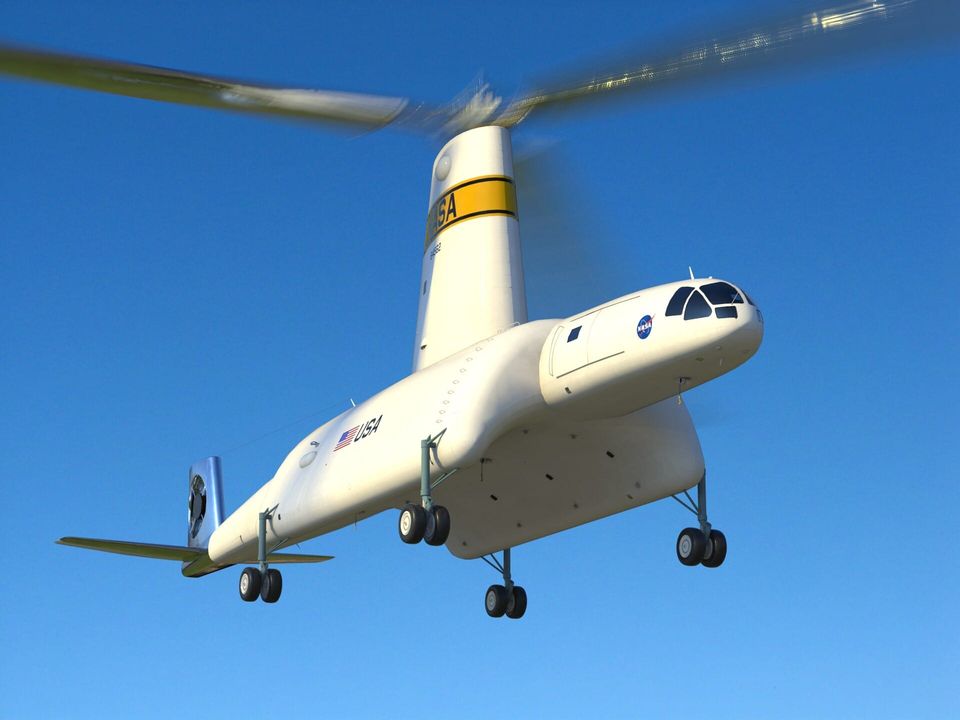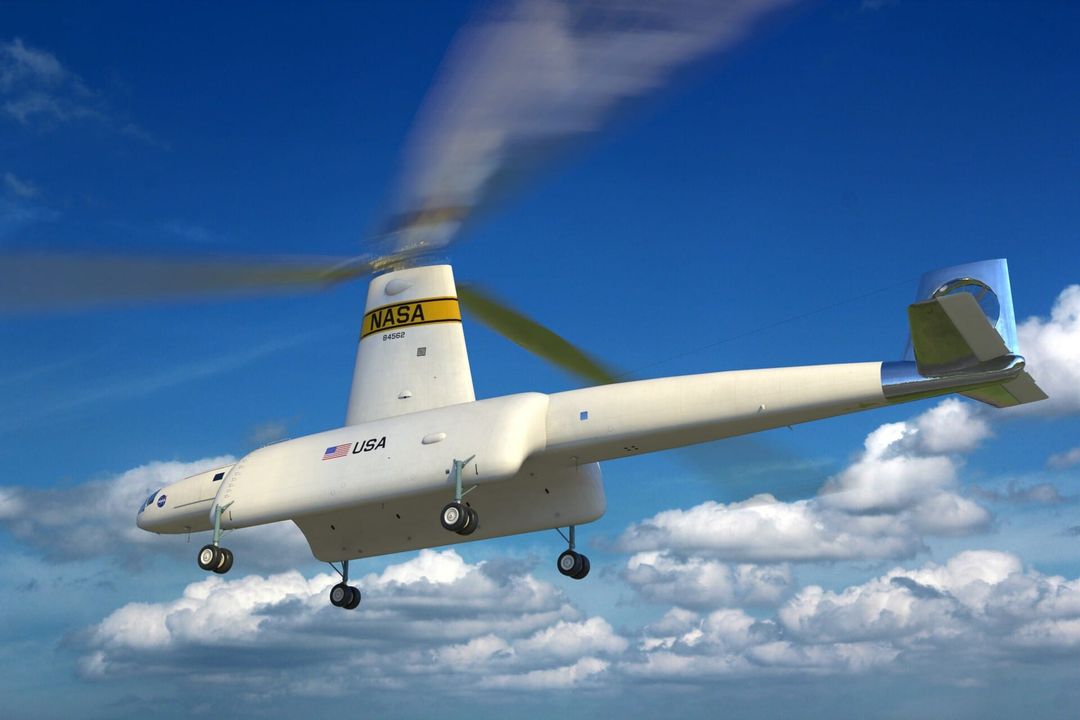The Hiller Air Tug: An Ambitious Vision

Fun fact, one American company wanted to build what would have been the largest helicopter ever.
The brainchild of Sam Hiller, the Hiller Air Tug was designed for one specific task: to recover the massive Saturn V booster rockets as they fell back to Earth.
Design and Capabilities

This aircraft would have been an absolute monster, with rotor blades having a diameter of 400 feet. Each blade was powered by either 1 or 2 engines at the end of each one, giving the Air Tug the ability to carry a payload of half a million pounds. The plan was that after a launch, a Sky Tug would lift off and loiter for several hours until the booster rocket floated back to Earth via a special parachute system.
From there, the Air Tug would use a hook system to capture the booster and slowly winch it up until it was snugly fitted into the aircraft’s specially designed body. From there, it would ferry the rocket back to base where it could be readied for the next launch. Hiller saw great potential in the Air Tug and had plans to offer it to both civilian and military operators. However, that never happened.
Practicality and Challenges

Though pitched to NASA, the design really didn’t make sense. Other than the jet-powered blades causing a major noise pollution issue, the booster rockets would normally fall back to Earth hundreds of miles away from the launch site. Thus, not only was the Air Tug not very efficient, but it also wasn’t practical either. In the end, the Air Tug never made it off the drawing board.
~NC










